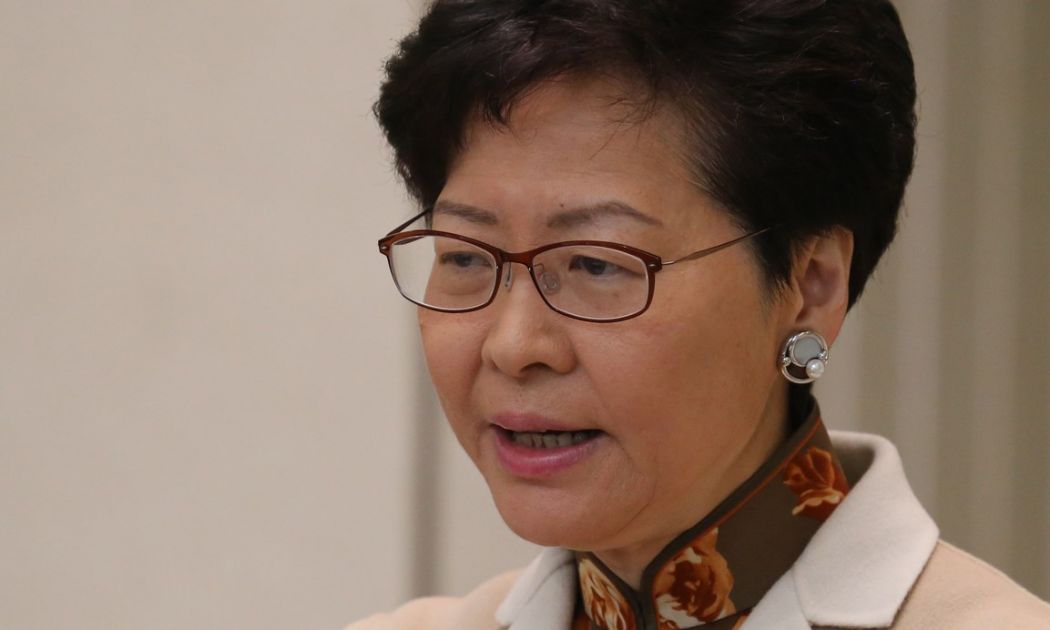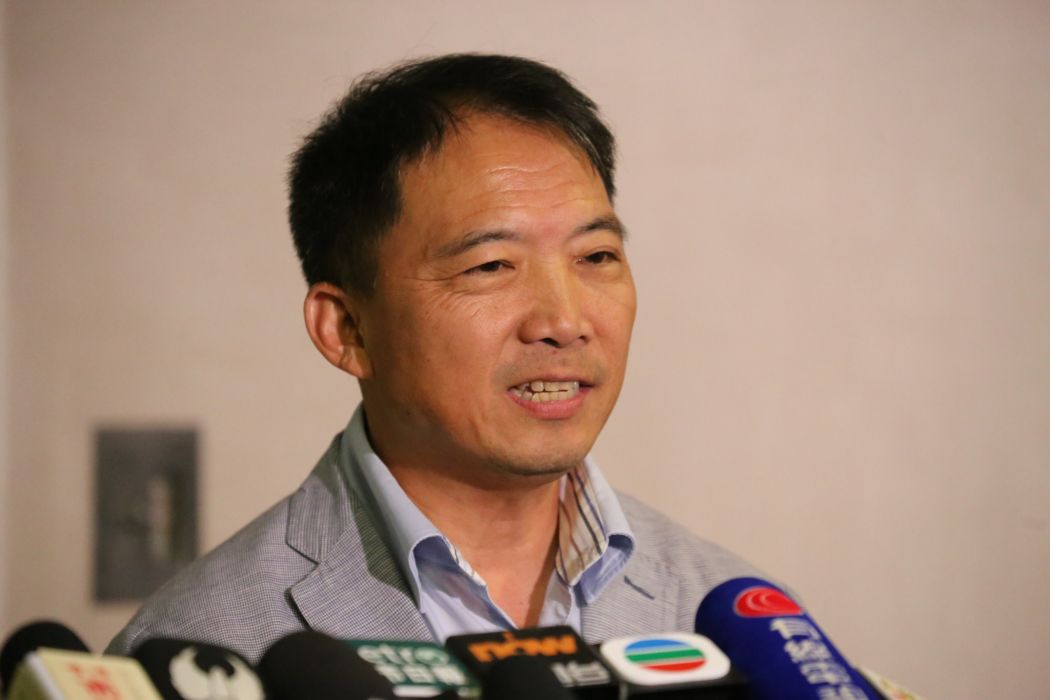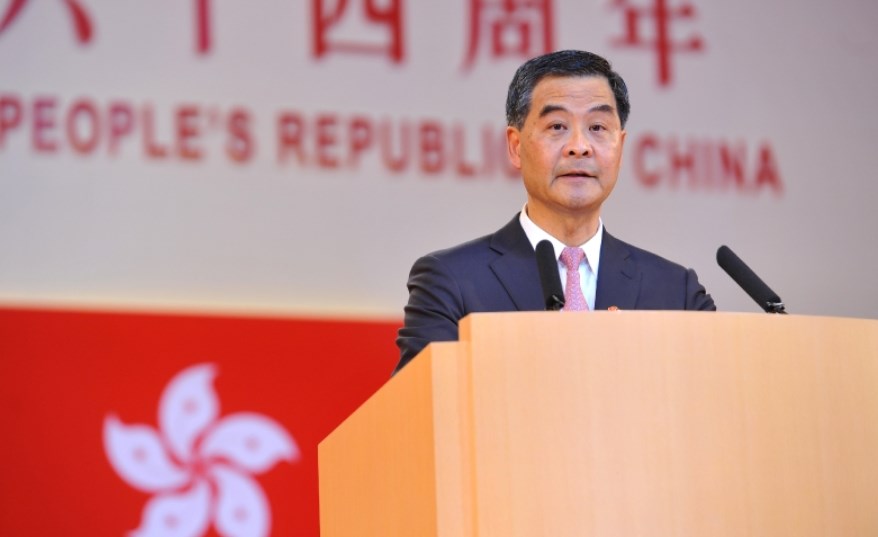On Monday, China’s central government finally laid out a framework for the “Guangdong-Hong Kong-Macao Greater Bay Area.” The regional blueprint aims to guide the development of Hong Kong and 10 neighbouring Chinese cities up until 2035.
The State Council said in a document that the 56,000 square kilometre area – home to around 70 million inhabitants – will play a “significant strategic role” in the country’s development.

Over 11 chapters, the document outlined policy goals in areas such as technological innovation, infrastructure, industrial development, ecological conservation, the Belt and Road Initiative and other quality-of-life improvements.
Hong Kong was listed as a “core city” alongside Macau, Shenzhen and Guangzhou. The four cities are meant to drive regional development, leading the “node cities” of Zhuhai, Foshan, Huizhou, Dongguan, Zhongshan, Jiangmen and Zhaoqing.
”Background of the Greater Bay Area”
The Greater Bay Area was first proposed under a “framework agreement” on July 1, 2017 – the day Chief Executive Carrie Lam took office. The “outline development plan,” jointly written by the governments of Hong Kong, Guangdong and Macau as well as the central government, was published on February 18, 2019.
”Policy goals”
- Developing an international innovation and technology hub
- Expediting infrastructural connectivity
- Building a globally competitive modern industrial system
- Taking forward ecological conservation
- Developing a quality living circle for living, working and travelling
- Strengthening cooperation and jointly participating in the Belt and Road Initiative
- Jointly developing Guangdong-Hong Kong-Macao cooperation platforms
”The blueprint – by the numbers”
How many times were key expressions used in the document?
Hong Kong: 97
Cooperation among Guangdong, Hong Kong and Macao: 35
Belt and Road: 18
One Country, Two Systems: 8
Consolidate and enhance Hong Kong’s status: 5
Xi Jinping Thought: 1
Goals listed for Hong Kong include strengthening its role as an offshore Renminbi business hub and international financial centre, as well as promoting high value-added service industries.
‘Don’t miss the boat’
Chief Executive Carrie Lam said on Tuesday that her administration will seize the opportunities provided by the plan, and will announce its official response on Thursday morning.
Hongkongers should not “miss the boat” on the Greater Bay Area, Lam said, as she described the plan as “high-level, wide-ranging and full of content.”
Lam said that Hong Kong’s “One Country, Two Systems” arrangement was a guiding principle for the Greater Bay Area plan, but acknowledged that it would face “some challenges” because of tighter integration.

“The plan clearly noted that there will be challenges in maintaining the basic requirements of One Country, Two Systems, and at the same time capitalising on our advantage,” she said.
Responding to criticism that the proposal was “too abstract,” Lam said the nature of the document was closer to a guidance framework, and there will be more concrete policies to come.
She also dismissed criticism that Hong Kong’s development was being dictated by Beijing, saying that her administration had a hand in formulating and drafting the Greater Bay Area plan.

“Over the past year and a half, we went to forums constantly and reflected the opinions we heard in the drafting of the outline development plan,” Lam said.
Lawmakers split
The plan was met with scepticism from pro-democracy lawmakers, with Democratic Party Chairperson Wu Chi-wai saying that Lam had lost the initiative in Hong Kong’s development.
“[Carrie Lam] has lost her own vision and always had to show loyalty to the central government. How can I trust that she can represent Hong Kong?” he said.

Wu added that the Greater Bay Area plan was developing mainland cities at the expense of Hong Kong, and may cause capital flight and brain drain locally.
#GreaterBayArea grand scheme sucks HK into a black hole, to be “disappeared” into mainland China. 1 country, 2 systems exists only in name. No more HK identity nor HKers. Yes they have semi-officially talked, in Chinese, about “GBA-ers”. Tears. The the end of HK indeed pic.twitter.com/qOupIrTwiY
— Claudia Mo 毛孟靜 (@ClaudiaMCMo) February 19, 2019
Civic Party lawmaker Alvin Yeung also condemned the plan for failing to consult the people of Hong Kong. He said that the policy document did not mention any safeguards for the city’s institutions, such as its legal system.
The pro-Beijing camp, however, welcomed the plans on Tuesday, with the DAB’s Starry Lee saying that that the document was just the first step: “I welcome the announcement of the long-awaited Greater Bay Area outline development plan, and I want to thank the central government for its attention to Hong Kong,” Lee said.
“[T]he key is for there to be action and policies targeted at different industries, young people, professionals and entrepreneurs.”
‘Not the top dog’
Former chief executive Leung Chun-ying urged the public to learn more about the proposal: “The outline development plan has a detailed description of Hong Kong’s function… and deserves to be studied by the whole Hong Kong community,” China News Service quoted Leung as saying.

Tam Yiu-chung, a pro-Beijing camp veteran who is also a member of China’s top legislative body, said that it was wrong to say that Hong Kong must make “sacrifices” under the Greater Bay Area plan.
“Hong Kong can benefit from financing businesses in the Greater Bay Area, which will be a win-win situation,” Tam said on a radio program on Tuesday. “Hong Kong is not the top dog in the Greater Bay Area, but it is still one of the four core cities.”
A symposium on the framework will be held on Thursday in Aberdeen, with top local and mainland officials set to attend alongside Chief Executive Lam.
Correction 20/5: HKFP corrected a typo in this article which misstated the size of the Greater Bay Area.
